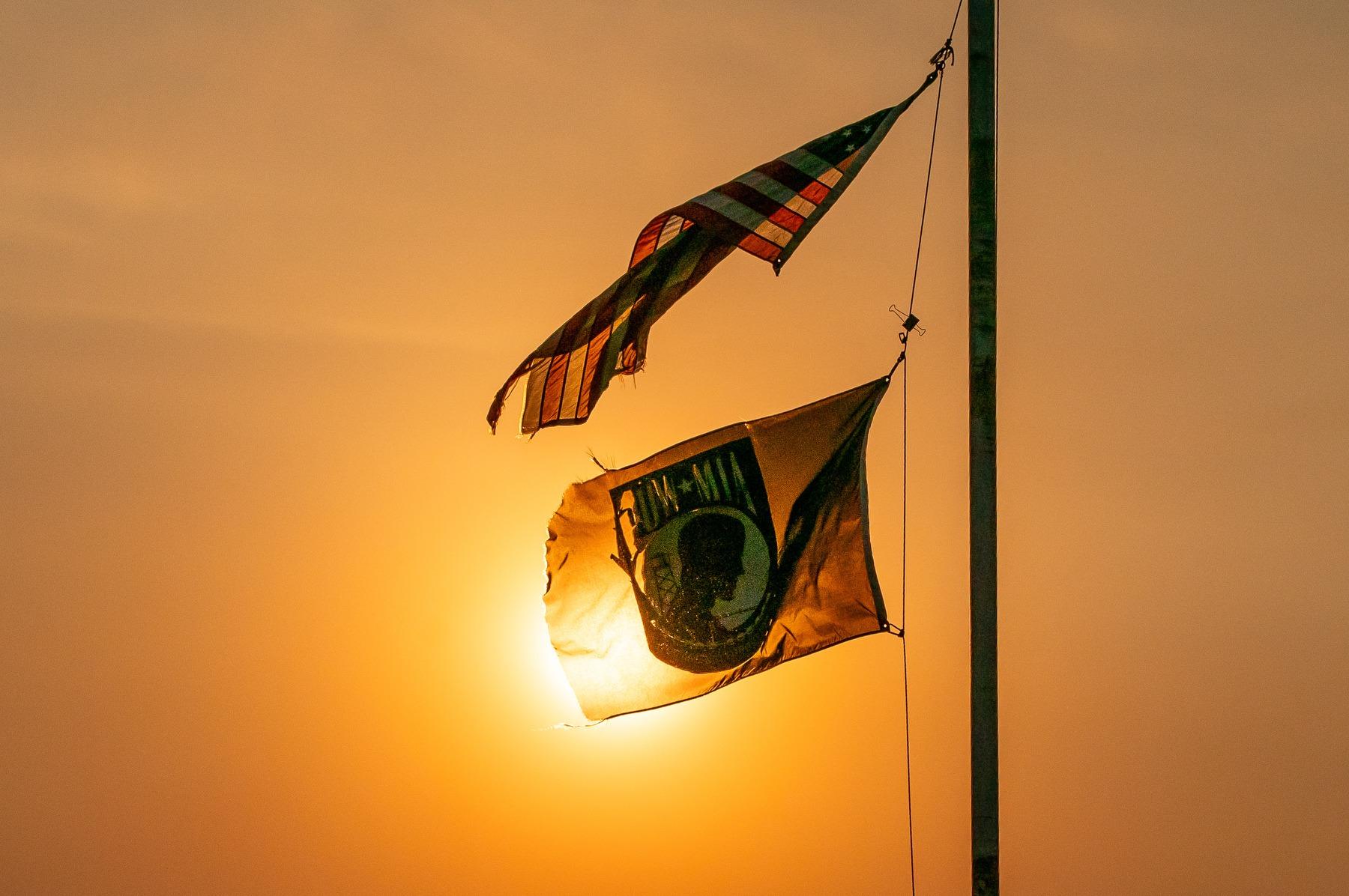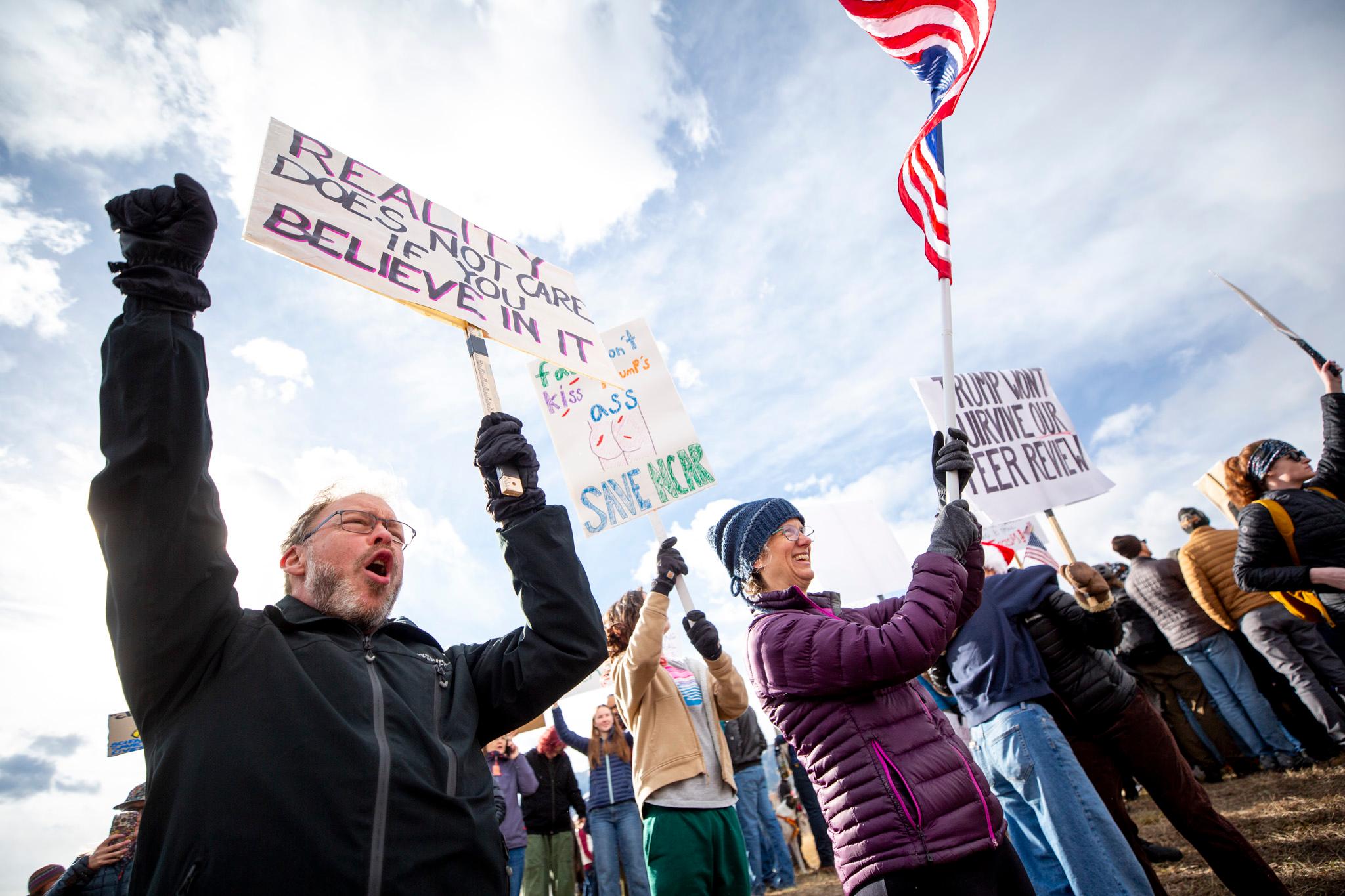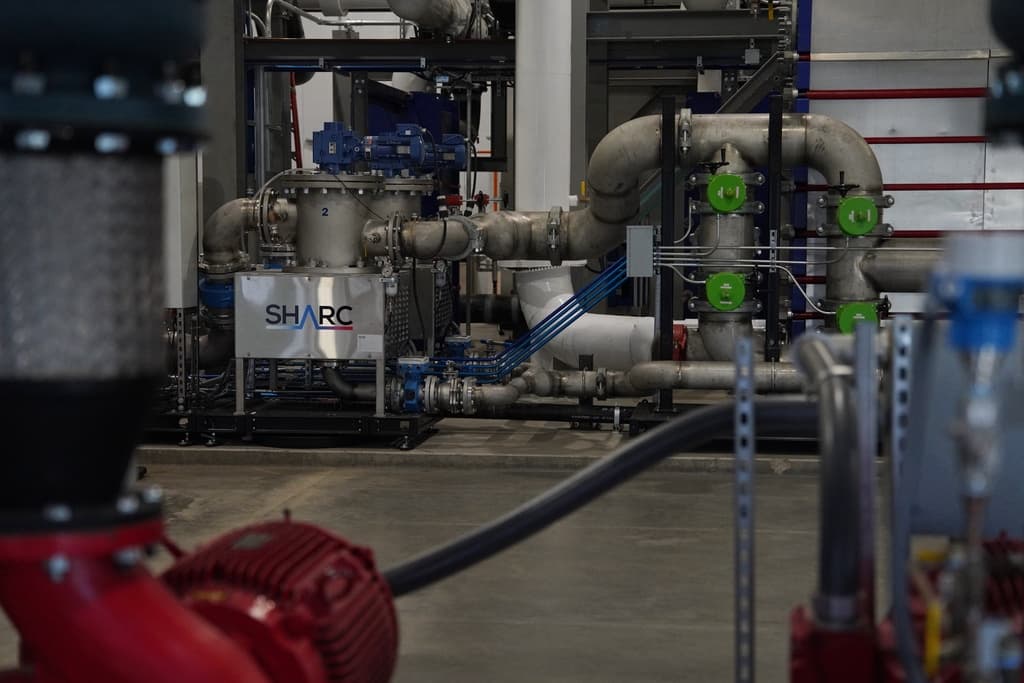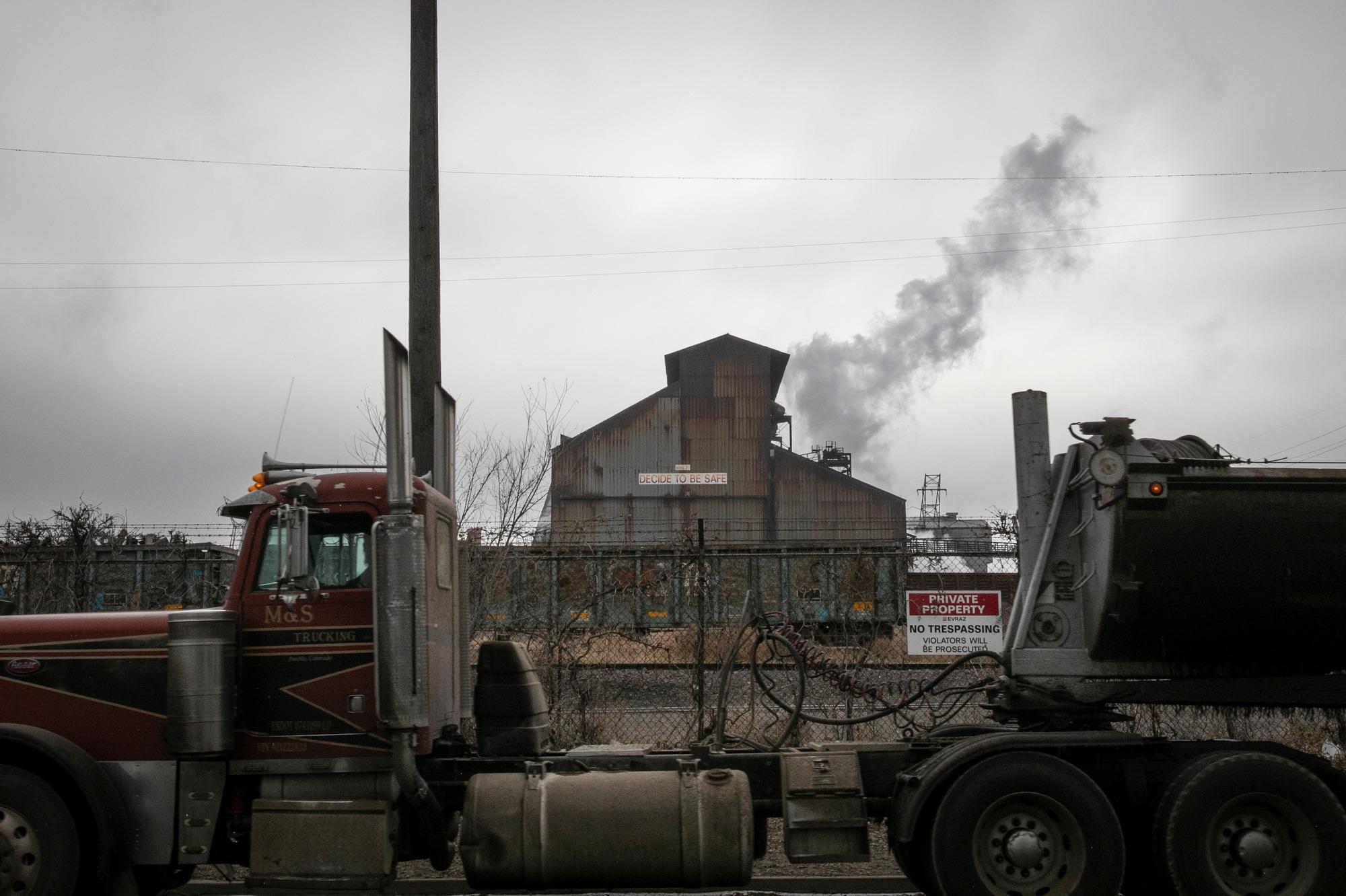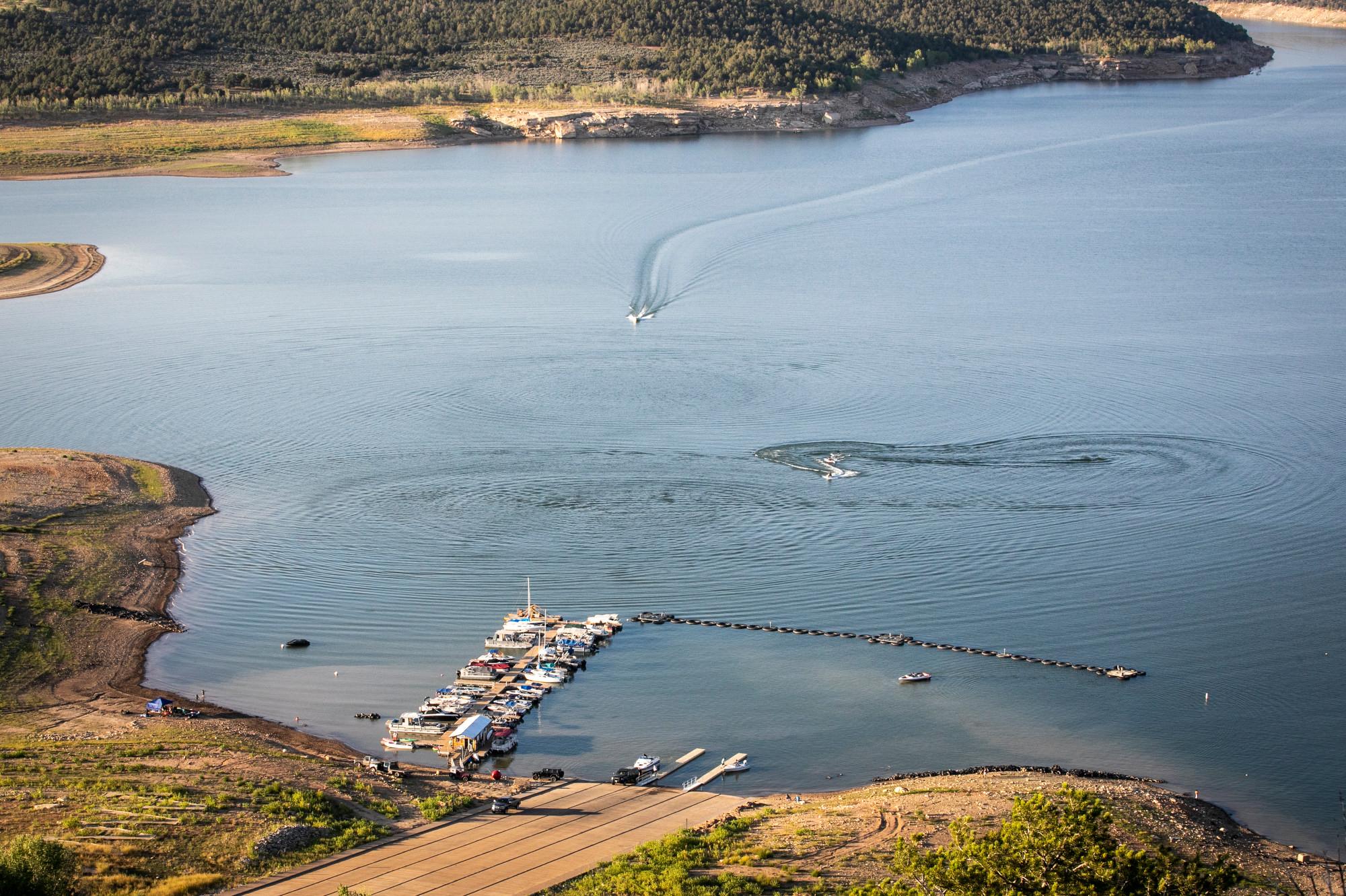
The second half of 2021 was the warmest such period in recorded Colorado history, according to data released Monday by the National Oceanic and Atmospheric Administration.
The national data includes temperature and precipitation statistics from December, which recorded monthly averages that were 7 degrees Fahrenheit warmer and had higher levels of drought than long-term averages recorded since the turn of the century, the data show. The warm and dry weather in the Front Range combined with a powerful wind storm that helped drive the Marshall fire, the most destructive fire in state history.
“We knew it would be dry, but we’ve been breaking a lot of records,” said Ayesha Wilkinson, a meteorologist with the National Weather Service in Boulder. “It’s not good.”
The average statewide temperature in those six months was 53.4 degrees, more than four degrees higher than long-term averages, the data show. The state had its highest average maximum and minimum temperatures in that period, according to NOAA data.
It was also the driest six-month stretch for the Denver metro, which received just over an inch of rain in that period, Wilkinson said.
Some other statistics from 2021:
- It was Colorado’s fourth-warmest year on record. Seven of the 10 warmest years have occurred in the last 20 years, NOAA data show
- Unlike 2020, the second-driest year in modern history, 2021 had just an inch less precipitation than average
- However, precipitation varied greatly across the Continental Divide in the second half of the year. The Western Slope had above-average precipitation, while the Front Range was much drier. “At the beginning of the year in 2021, we had some monsoon moisture,” Wilkinson said. “When we started going into summer, we just hit a really dry period.”
- The Denver metro had less than one-tenth of an inch of precipitation in November and no measurable snowfall. The average for the month is six-tenths of an inch, Wilkinson said
- Other western states also had their warmest July to December period on record, including Utah, Wyoming and New Mexico
Warmer, drier weather has become more common in the west due to human-caused climate change, according to meteorologists. The conditions have extended the wildfire season and exacerbated disasters like the Marshall Fire, which destroyed more than 1,000 homes in Boulder County.

